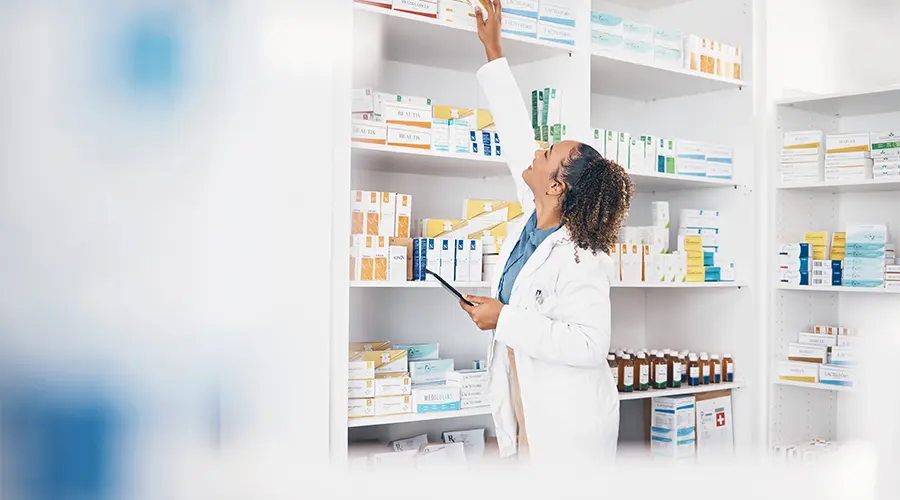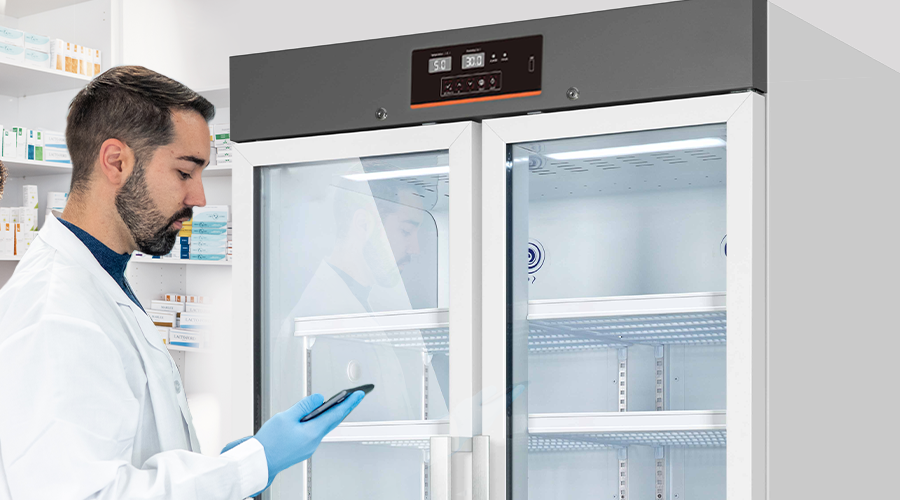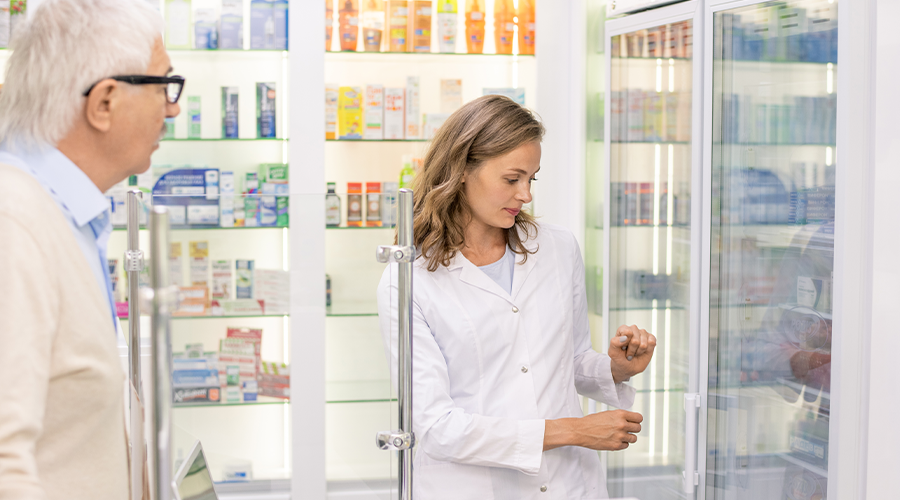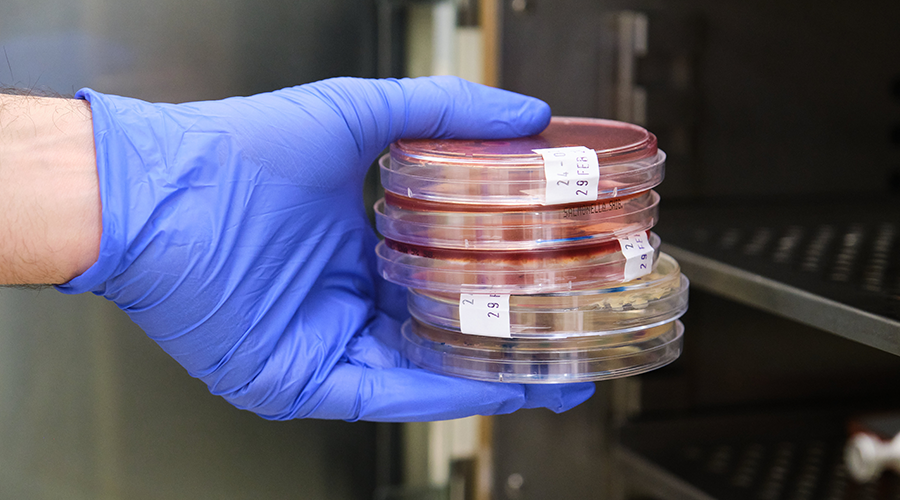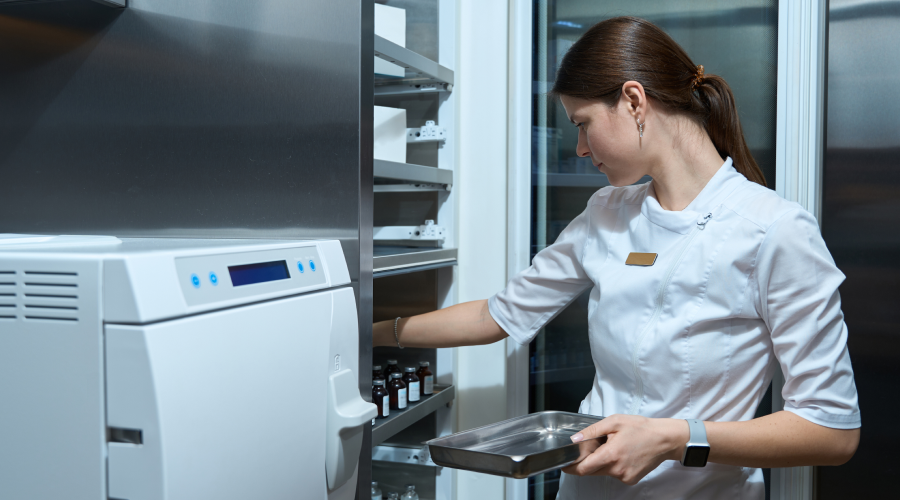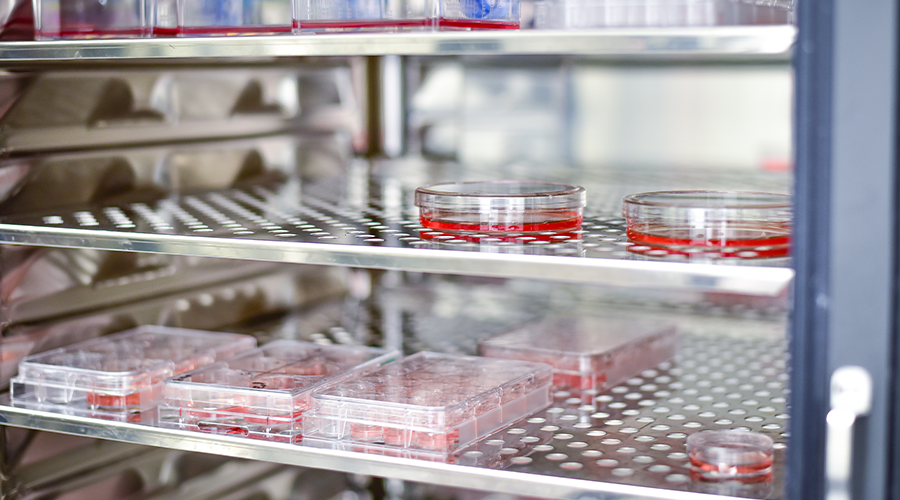Setting up a pharmacy is a viable business venture as there will always be a need for pharmacy services. It can also be a complex process with many people not sure where to start. Setting up a pharmacy requires everything from market research to obtaining the correct licences, and purchasing essential equipment like medical fridges. We have put together a step by step guide with the important components on how to successfully set up a pharmacy.
1. Make sure you have the correct credentials.
To open a pharmacy you must have the correct credentials. The Pharmacist Board Ahpra (Australian Health Practitioner Regulation Agency) sets out the policies and credentials that registered pharmacists must meet before they can open a pharmacy. You can only be eligible if you are a registered pharmacist, applying on behalf of a partnership of registered pharmacists and in which all shares are held by registered pharmacists or a body corporate of pharmacists. To become a registered pharmacist, you must have completed a Bachelor of Pharmacy or equivalent, have completed a supervised internship, and passed the Knowledge Assessment for Pharmacy Students exam.
The premises must also meet specific requirements to operate as a pharmacy. It must have a pharmacy business licence to operate as a pharmacy business that supplies, compounds and dispenses medicines, and provides advice and counselling on the effective and safe use of medicines. Separate licences are needed for each pharmacy premises.
The physical premises must also be registered as a pharmacy. This registration proves that you are eligible to operate a pharmacy and the premises are suitable to set up a pharmacy. A pharmacy is registered when the relevant authority determines if the pharmacy premises is suitable to legally operate and dispense medications. In Victoria, the Victorian Pharmacy Authority has the responsibility of assessing pharmacy premises suitability and compliance with regulations. Pharmacies also need to obtain approval from the Australian Government Department of Health to dispense medicines under the Pharmaceutical Benefits Scheme.
While ownership of pharmacies is usually restricted to registered pharmacists, some jurisdictions allow structured partnerships or companies as long as pharmacists maintain the majority of control and ownership.
2. Conduct market research.
When setting up any business, it is important to conduct market research to find out who your customers are and where to find them. Conducting market research will give insights into the demographics, consumer behaviour and even traffic patterns. Finding the right area for your pharmacy and the type of pharmacy you want to set up will all be influenced by your market research.
3. Choose the location and type of pharmacy.
After completing market research, it is time to choose the location and type of pharmacy you want to set up. The choices will include opening an inner city pharmacy, suburban or even rural depending on your lifestyle and the market research findings. It is also important to decide if you want a pharmacy in a large shopping centre, a suburban street pharmacy, or one located within.
4. Design store layout.
Once the store has been found, the licenses and permits are all approved,the next step is the design and layout of the store. Some of the crucial elements of a pharmacy layout will need to be ensuring wheelchair or mobility impaired accessibility, making sure there is customer seating at the back, allowing for a pharmacy dispensary section at the back and checkout counter at the front.
5. Set up furniture and equipment.
Set up the furniture and equipment according to the plan of the layout. This means organising seating, shelving, dispensing tables, exhibition cabinets, and lockable cabinets. Pharmacy equipment such as thermometers, multi range scales, waste cabinets for toxic chemicals, and properly labelled receptacles and utensils for preparing prescription drugs will need to be sourced and set up.
6. Set up cold storage.
To ensure good pharmacy practice, an essential component is the correct storage and monitoring of refrigeration to ensure that temperature-sensitive therapeutic goods are continuously stored between 2 and 8 degrees celsius. Cold chain management is community pharmacies in the QCPP (Quality Care Pharmacy Program) is a quality assurance program that aims to ensure safe, consistent and high quality service in pharmacies. Consistent with the Strive for 5 guidelines, it states that pharmacies must store temperature sensitive therapeutic goods and medicines in purpose built refrigeration designed specifically for those goods and medications. Proper storage of medications, vaccines and biological products in medical fridges and freezers ensures their safety and efficacy. Temperature sensitive medications cannot be stored in a normal fridge as they need a specific temperature range to be safe to use. If they get too hot or too cold, they lose their effectiveness and potency. For a patient whose life depends on the right dosage of medication, this could have serious consequences.
Medical fridges and freezers are built to adhere to strict regulations called cold chain management guidelines. Pharmacies must ensure that temperature sensitive therapeutic goods are stored in purpose built medical fridges and freezers at temperatures with a set point specifically for medications, vaccines and biological product storage. This equipment is designed to comply with the National Vaccine Storage Guidelines and must be used in pharmacies to ensure temperature consistency between the required parameters. Medical fridges guarantee this temperature stability, and have additional features like alarms, data loggers and backup battery supply. Some medical fridges like the Vacc-Safe PowerGuard premium refrigerator have a built-in battery in case of power outages.
The consequences of incorrect medication and vaccine storage range from losing potency to becoming toxic which is why medical fridges and freezers are one of the most important parts of setting up a pharmacy. Without the proper storage, vaccines will lose potency and become ineffective which means patients may not be protected from potentially life threatening disease. Antibiotics that are compromised can cause damage to the stomach and kidneys. If not stored properly, tbh inhibitors may put patients at risk of inflammation, pain and swelling.
When setting up a medical fridge, correct placement is essential to ensure the medications are kept at the required temperature. If the medical fridge is not transported in an upright position, let it stand for 24 hours before switching it on. This allows the compressor oil in the fridge, which may have been moved during transportation, to settle and return to its correct position, avoiding any potential blockages.
When you do find a position for the medical fridge, it must be placed in an area that protects it from the sunlight, has ventilation and avoids ambient temperature fluctuations. Direct sunlight and lack of ventilation can put pressure on the fridge to work harder. Medical fridges also need to be on a stable surface to avoid the door staying open. Make sure there is adequate room for the medical fridge door to open as any restrictions on movement will impede the fast removal of medications, vaccines and biological samples. If the door is open for a longer period of time, temperature fluctuations may also occur. Make sure the medical fridge is plugged into an independent outlet as this equipment needs a significant amount of power to operate and will help avoid unnecessary power outages.
7. Hire staff.
Hiring the right employees will make a big difference to the success of your pharmacy. When picking a team to work with, make sure you have employee guidelines and a training system in place. You will want to find people who enjoy working in pharmacies or the retail sector and who are eager to learn. Employees on the floor are in the frontline and the first point of contact for customers so make sure they are candidates who share the same interest in engaging loyal patronage. You need to choose staff who will be responsible and regularly monitor fridge temperature to keep an eye on vaccines and medicines to ensure they are being kept at the right temperature.
8. Purchase supplies.
To begin purchasing supplies, you must make contact with a variety of wholesalers to supply the medications and supplies. Choose suppliers that are close to you in proximity, and have reliable delivery schedules. It will also be important to take cost and quality into account when choosing suppliers of medical products.
9. Marketing.
When setting up a pharmacy, it is necessary to advertise which is where a marketing campaign is essential. Create an online presence with a website and social media channels to advertise the opening or sales. You can also participate in local events to help market your new pharmacy and presence in the community.
When considering marketing, it is important to keep in mind the laws that relate to advertising and pharmacy. The Australian Health Practitioner Regulation Agency (AHPRA) states that pharmacy advertising must be truthful and not misleading. It must avoid testimonials and inducements and not create an unrealistic expectation of beneficial treatment. Make sure your advertising is factual and is not misleading or deceptive.
10. Opening.
After all of the hard work setting up a pharmacy, it is time for the opening. Make sure you have advertised the opening day and time in the community and invite prominent community members to attend. You could offer prizes and giveaways, and even have local catering and entertainment.
Setting up a pharmacy is a complex process but, if done correctly, can be a rewarding and successful endeavour. In this article we have explained the 11 steps to set up a pharmacy, and the importance of having the right equipment like medical fridges to ensure compliance with health and safety guidelines.
